How to Landscape Your Yard to Accommodate a Vegetable Garden
August 17, 2022
If you want to grow a vegetable garden in your yard, you should first landscape your yard in a way that allows you to accommodate one. According to the National Association of Landscape Professionals, 67% of homeowners are planning to do just that in order to have access to fresh vegetables at home. While you can put lawn, trees, and shrubs almost anywhere, you need to be more strategic in the placement of your garden. Here are some things to consider before you go to the landscape supply store.
Slope of the Ground
If your yard has a mix of slopes, level ground, and areas with pits, you will want to find a spot with the least amount of incline and reserve it for a vegetable garden. If you can't find such an area, you can ask a landscaper to roll out your lawn or help create a flat area for you. When choosing your gardening spot, avoid any areas that stay wet in the spring. Typically, these are low areas of your lawn where rainwater pools. The more time you spend studying the topography of your yard, the better.
Sunlight Exposure
Another important factor to consider when landscaping your yard for a vegetable garden is sunlight exposure. For your plants to thrive and grow most efficiently, they need at least six hours of sunlight daily. It would be even better if you could find a spot that allows them to bask for eight hours. Some vegetables like lettuce, spinach, and broccoli can do well in shadier spots. That said, if they're in the same garden bed as other vegetables, finding a spot that receives adequate sun is still ideal. Conversely, if you live in an overly sunny area of the country, find ideas for limiting the sunlight exposure to the desired duration by visiting your local landscape supply store.
Number of Garden Patches
At times, it can be impossible to find one single spot that has the perfect conditions for your vegetable garden or one that is large enough to accommodate everything you wish to grow. In that case, a good idea may be to find multiple spots to build garden beds on. Each spot should match the conditions of the type of vegetables you are planning to grow. For instance, you may have just one super sunny strip along the front of your home that you can prepare for tomatoes and peppers while another spot in the backyard with less sun may be more ideal for leafy greens.
Landscaping your yard for a vegetable garden doesn't have to be difficult. Study your yard and discover how you can accommodate your desires. For guidance, visit Architectural Products Inc, a landscape supply store, today.





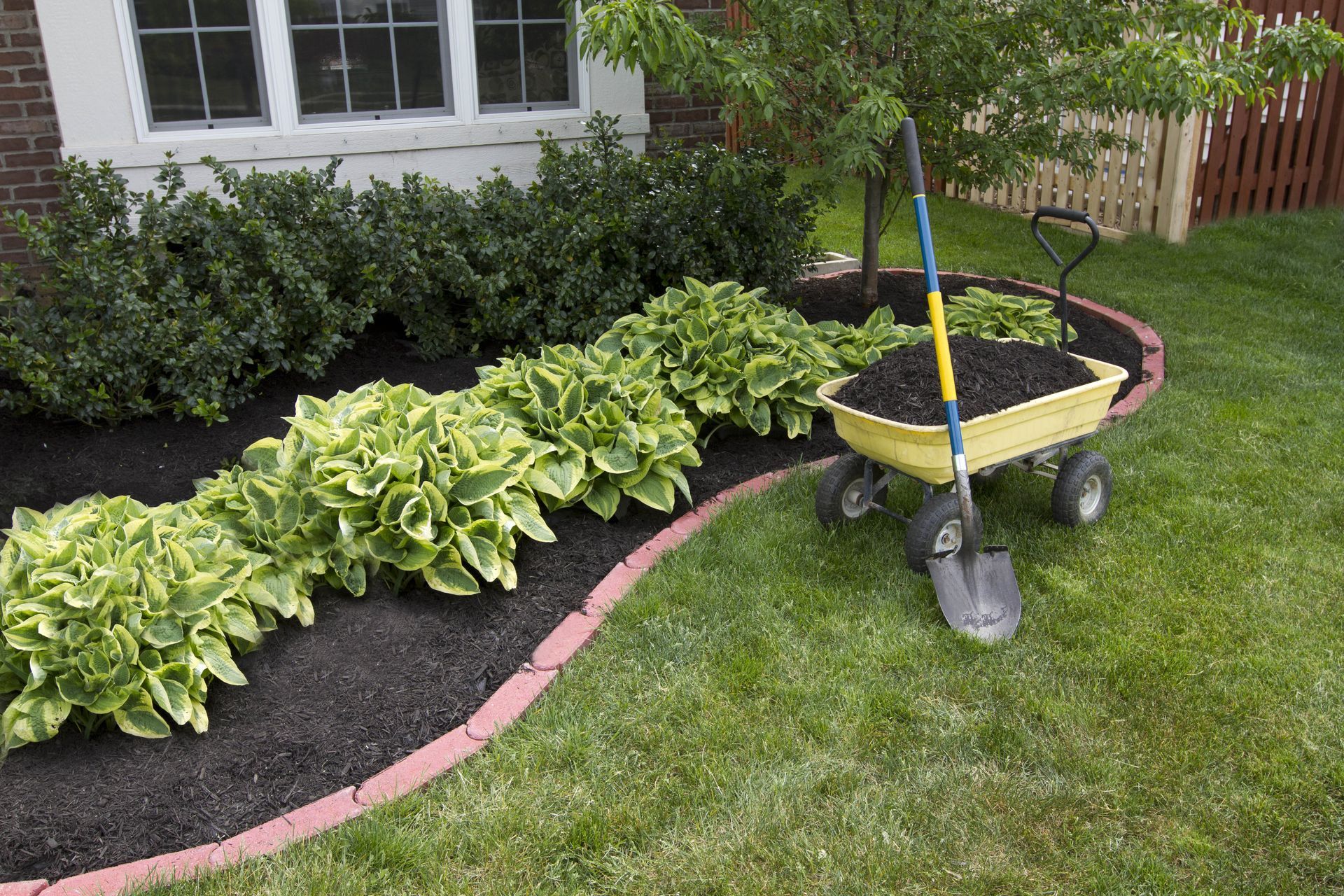
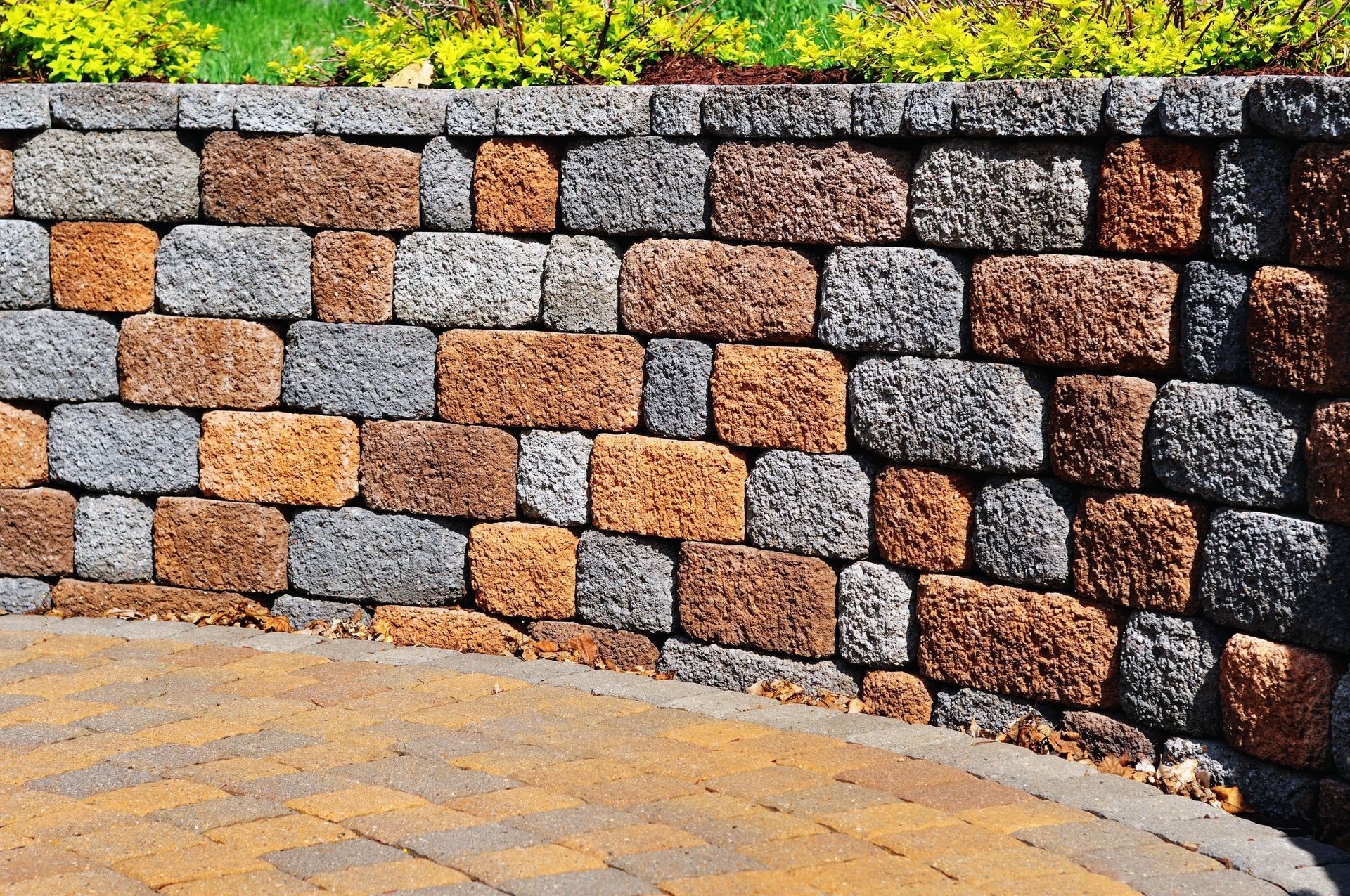
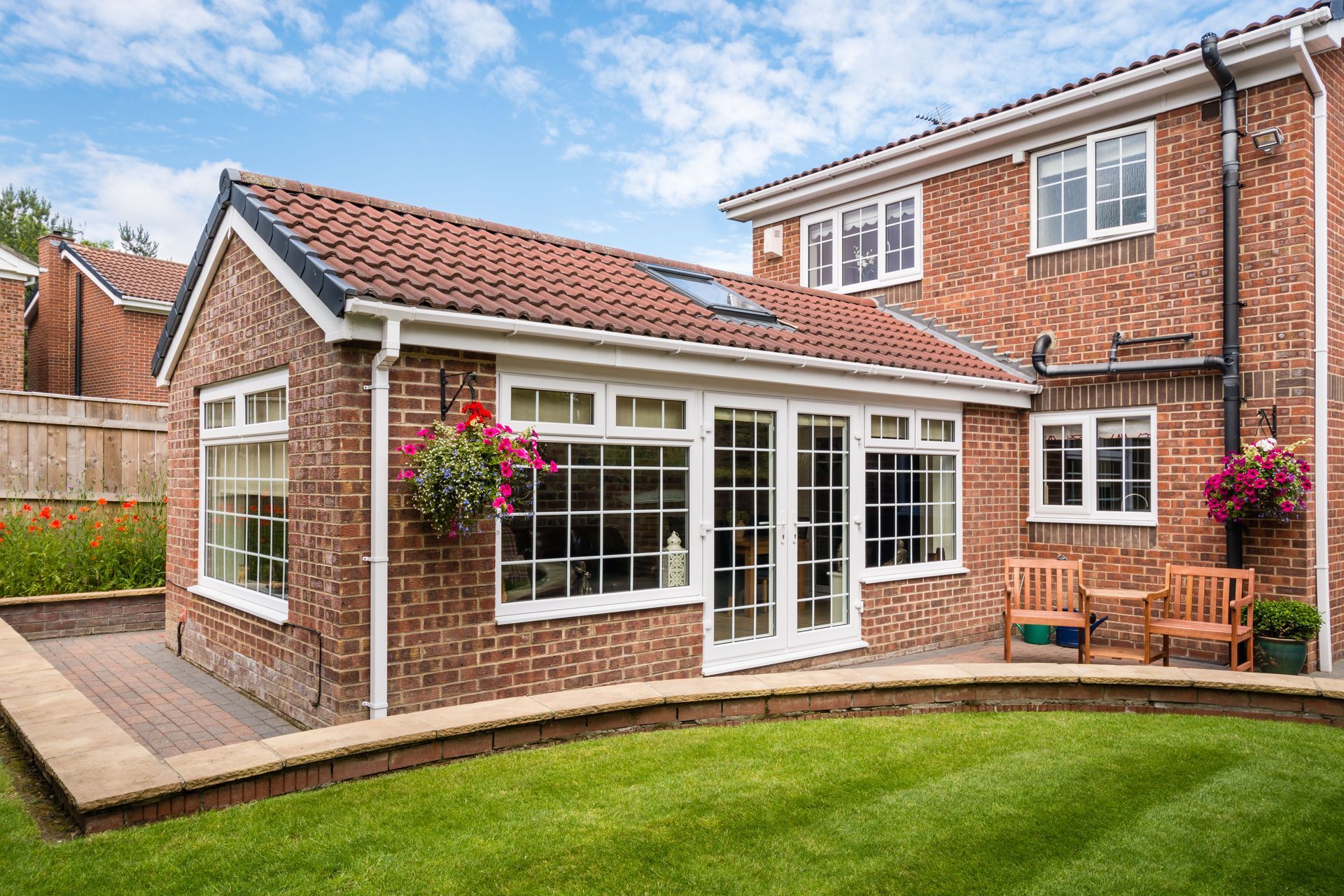
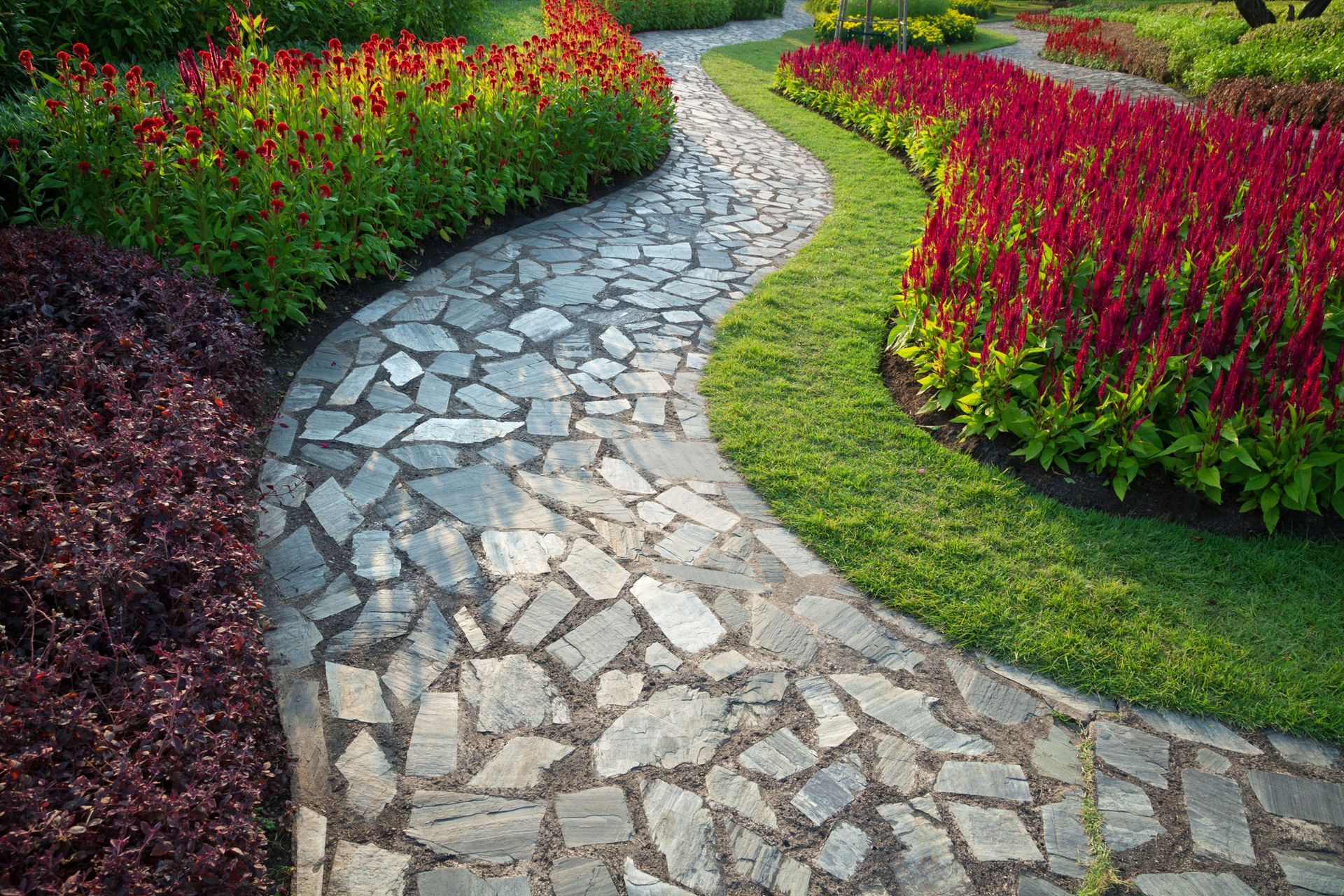

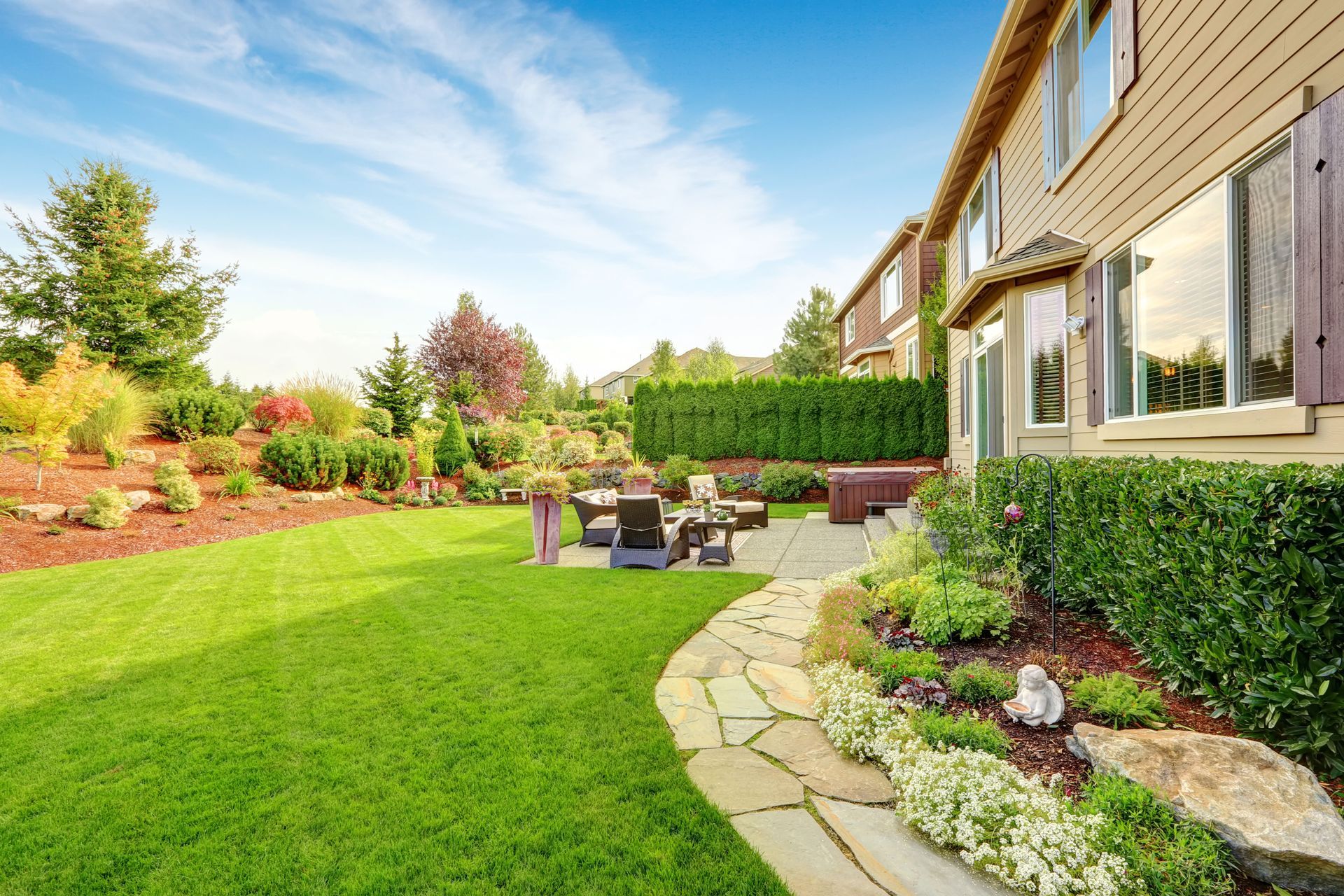
Share On: